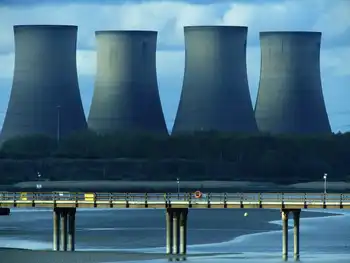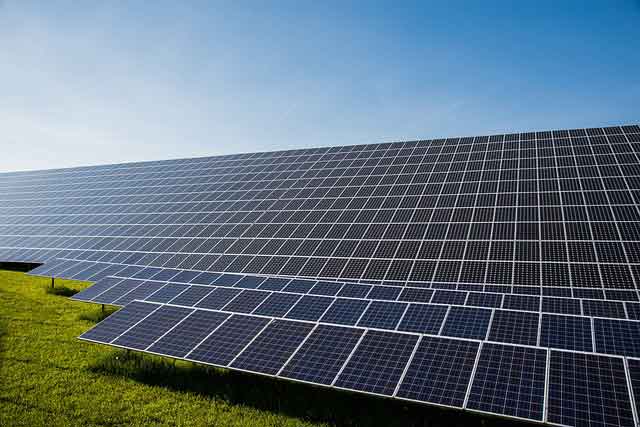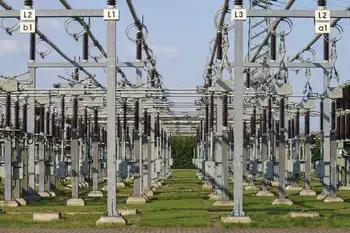Renewables are coming, but sticker shock likely
By Knight Ridder Tribune
Protective Relay Training - Basic
Our customized live online or in‑person group training can be delivered to your staff at your location.

- Live Online
- 12 hours Instructor-led
- Group Training Available
The daylong Trends and Technologies Symposium gave city officials a preview of what's on the horizon in the power industry as Utilities begins drafting its five-year energy plan for 2009 to 2014. Among the speakers was John Baker, chief strategy officer for Austin Energy, an industry leader in developing alternative energy.
Labeled in some circles the "clean energy capital," Austin, Texas' mix of energy sources is 27 percent nuclear, 37 percent gas, 30 percent coal and 6 percent renewables. By 2020, the city-owned agency wants 30 percent to come from renewables. Part of the formula will be reducing usage, achieved through measures such as stricter building codes that make homes, businesses and industrial plants more energyefficient, Baker said.
Austin provides rebates when customers install solar energy systems and energy-efficient appliances. Since the early 1980s, it's paid $22 million in rebates, which required customers to spend an additional $108 million, a boon for the local economy, Baker said.
The city's green building program, which advises how to construct buildings for lower energy use, "has been so popular that we are a consultant to other utilities and businesses," Baker said. Austin Energy customers are one reason the agency is moving ahead so rapidly, he said. They're willing to pay more for renewables - so much so, the program had to close when all the energy was spoken for.
When the program reopened in January, most of the available energy sold out within the first week to industrial companies, despite a price difference of 2 cents per kilowatt hour. Since 2004, 319 solar photovoltaic projects have been built, he said, keeping nine solar contractors busy. That lawmakers are considering carbon taxes on coal-fired plant emissions, and other regulatory measures forces utilities to find alternatives, Baker said.
He also noted that adding renewables doesn't change customer expectations.
"They expect near-perfect reliability," he said, "and they expect it at a low price." Springs Utilities, which is heavily reliant on coal to power its electric plants, had planned to build another coal plant within the next decade.
But in the past six months, City Council members have said they want to delay the plant or cut its size by supplementing with renewables or managing demand better.
Councilman Randy Purvis, who attended the session, said Colorado Springs customers are like Austin's - they've said on surveys they're willing to pay more for alternatives, such as wind. But so far, Springs Utilities has offered only a small amount of wind, about 1 megawatt, and sells it to customers who sign up to pay more.
"The other thing going forward is I think solar would work better here than in Texas," Purvis said. "There's been a lot of breakthroughs for photovoltaics, but can the system tolerate it, if you have users generating power and pushing it back onto the s stem?" He was referring to arrangements in which customers with solar panels that generate more than they use sell it back to their provider.
Morey Wolfson, utilities program manager with the governor's Energy Office, predicted Colorado is positioning itself to become a leader in renewables. Several wind farms have opened in Logan, Weld and Bent counties, making Colorado the sixth-largest state for wind-production capacity in the nation, he said. Also, a wind-turbine manufacturing plant will bring more than 600 jobs, Wolfson said.











